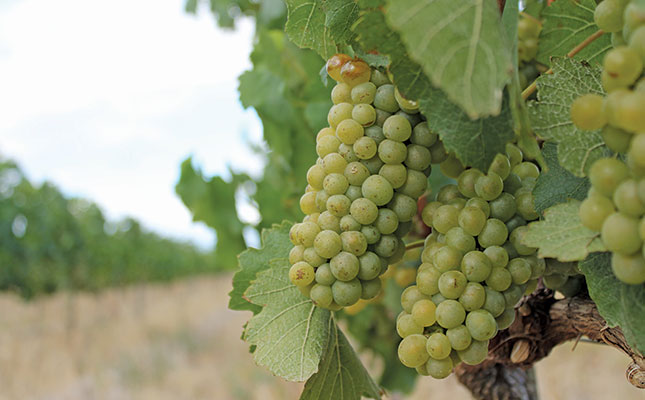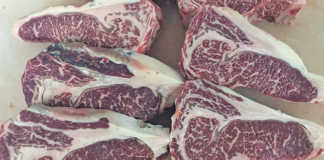
Yvette van der Merwe, executive manager of SAWIS, said the industry had decided to make harvest estimates public only once the harvest was complete, since so many variables affected the harvest within the season.
She added, however, that this season’s harvest would be substantially smaller than the 2022 harvest which, at 1,38 million tons, had been 5,7% smaller than the 2021 crop, yet larger than the five-year average of 1,35 million tons.
Conrad Schutte, manager of the Vinpro team of viticulturists that issued the crop estimate in collaboration with SAWIS, blamed the smaller harvest on load-shedding and unfavourable weather.
According to him, load-shedding had disrupted the irrigation of vineyards in intensive-irrigation areas, and dry winter and spring conditions had led to smaller berry sizes with a lower harvest weight.
The uprooting of vineyards in the Northern Cape, Olifants River area and Swartland in particular had caused the total area under wine grape production to shrink. Between 2016 and 2021, the area under production had declined by 1 848ha in the Northern Cape, by 2 503ha in the Olifants River area and by 1 585ha in the Swartland.
Schutte ascribed this to farmers switching to crops that were currently more lucrative than wine grapes; these included raisins, almonds, pecan nuts and even lucerne.
Olifants River and Swartland farmers had also uprooted vineyards because of the drought from 2017 to 2019.
Heavy rain in most regions during the second week of December had brought some relief to irrigation farmers, but had increased fungal-disease pressure, specifically downy and powdery mildew, and driven up labour costs, as some vineyards required extra maintenance.
Schutte said that in spite of the smaller harvest, the quality of the early varieties that he had tasted so far was exceptional, thanks to the dry winter season, which had resulted in smaller berries with more concentrated flavours and aromas.
The climate over the next few weeks was crucial and could still affect crop size.
“It’s now important to open fruit zones judiciously, so that air and light movement takes place optimally during these challenging conditions with high disease pressure,” Schutte said.











